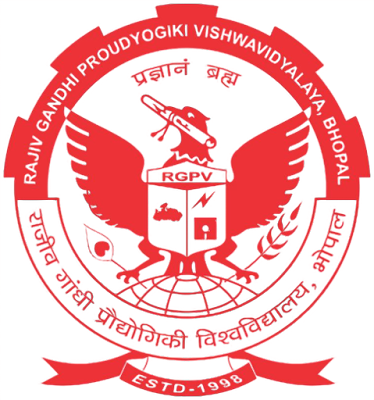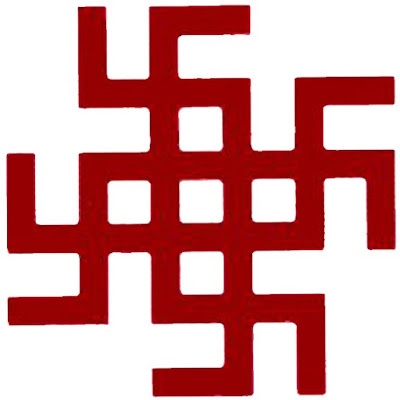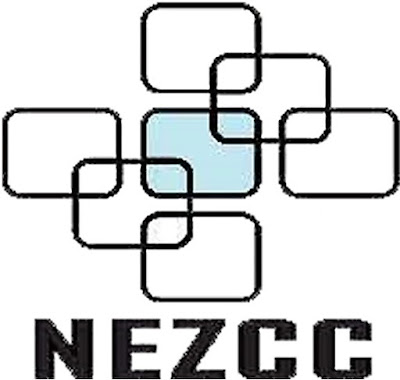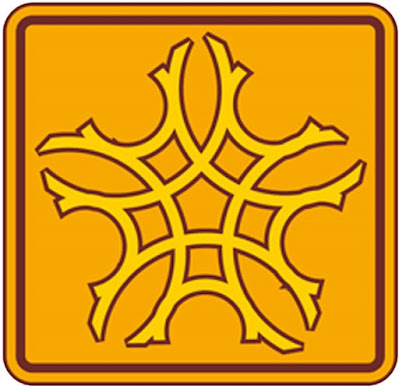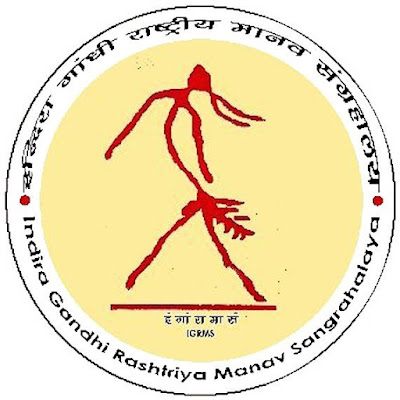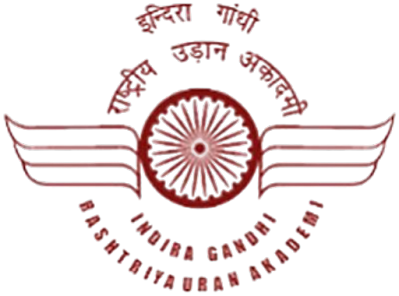GIET UNIVERSITY
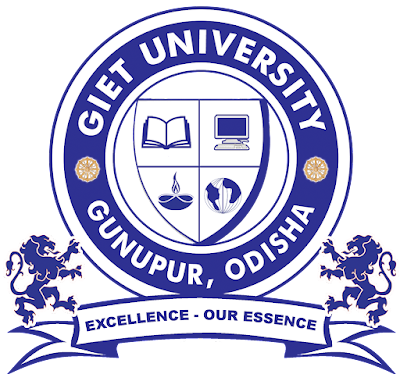
GIET UNIVERSITY GIET University, Gunupur (formerly known as Gandhi Institute of Engineering and Technology) was established by Vidya Bharati Educational Trust in the year 1997. This university is located at the foothills of the Eastern Ghats of India with river Bansadhara flowing through its territory. The university offers diploma, undergraduate, postgraduate and doctoral programmes through its schools of engineering and technology, agriculture, management studies, sciences, humanities, social sciences and nursing. The emblem of the university has a shield holding the motifs of an open book symbolising knowledge, education and wisdom; a computer representing information technology and modern sciences and engineering; a globe denoting the global reach of the knowledge and universality of education and a traditional lamp symbolising light, illumination, awakening, devotion, purity, guidance, protection, hope and prosperity. The shield is ensconced by a thick blue circular border,
